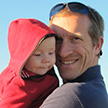
Kyler Kuehn
Favourite Thing: I love performing astronomical observations — staying up all night operating massive telescopes, and knowing that the information that I am collecting will help us learn about the history of our universe. Few feelings are better than watching the sun rise after spending all night doing awesome science.
My CV
School:
I moved a lot throughout the United States when I was growing up — I attended about 10 different schools before starting university.
University:
I attended the University of Southern California, and I studied Physics and Classical Civilisation. I received my Ph.D. in Physics from the University of California in Irvine.
Work History:
After my Ph.D., I held postdoctoral research positions in the Centre for Cosmology and AstroParticle Physics at The Ohio State University and the High-Energy Physics Division at Argonne National Laboratory.
Employer:
Australian Astronomical Observatory
Current Job:
Instrument Scientist
My Interview
My profile link:
https://nitrogena13.imascientist.org.au/profile/kylerkuehn/


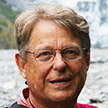
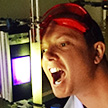
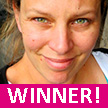


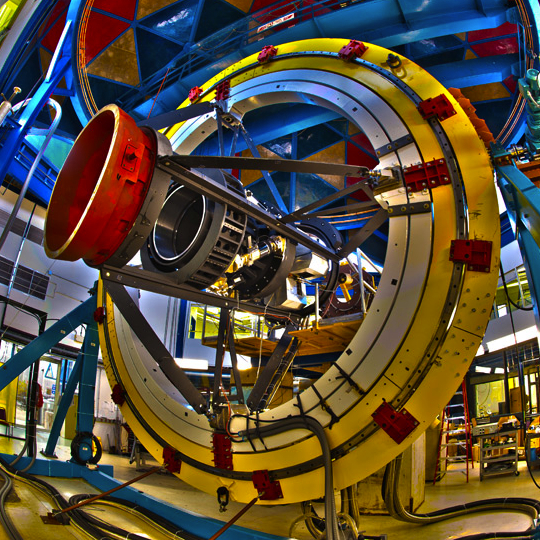
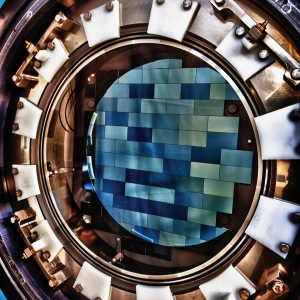

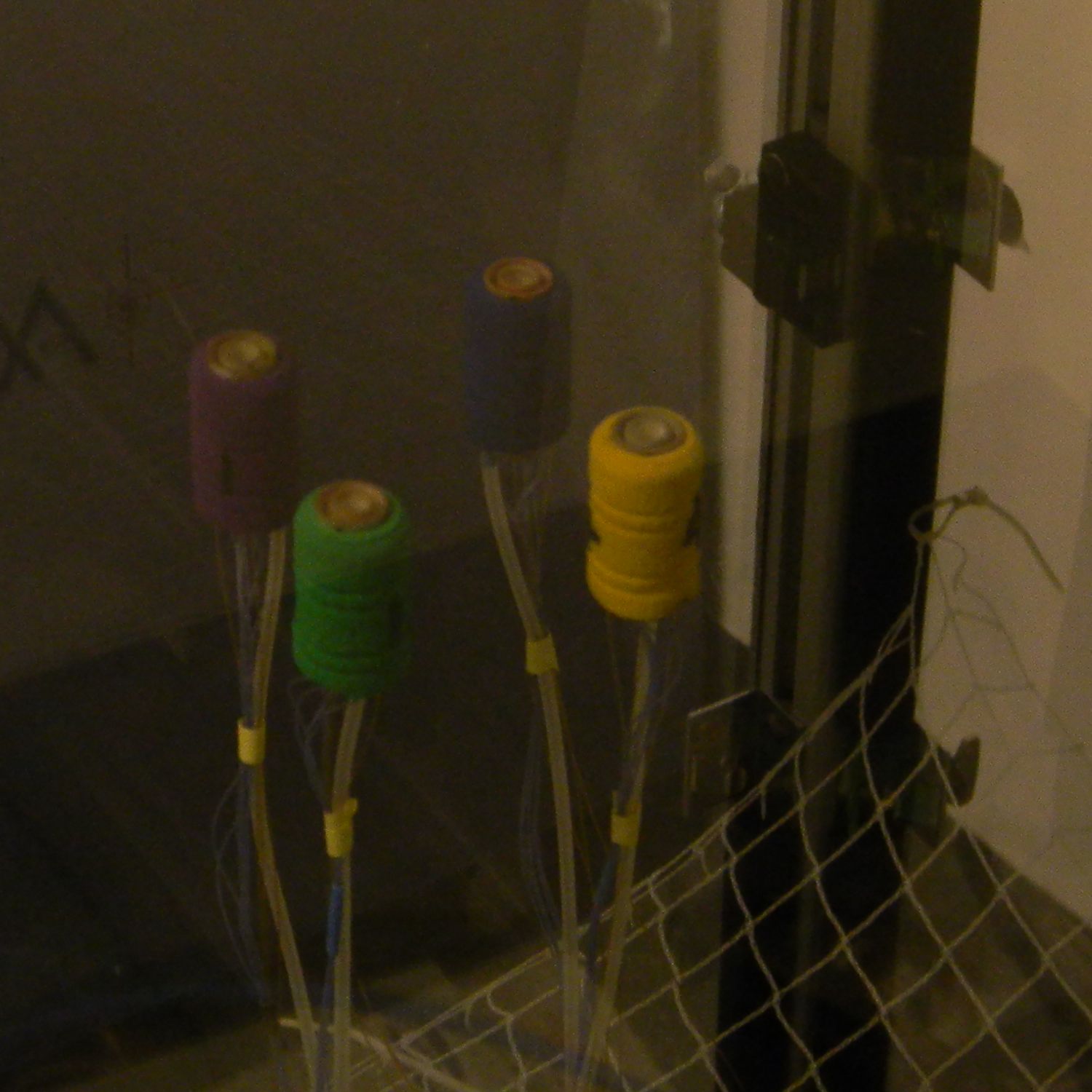
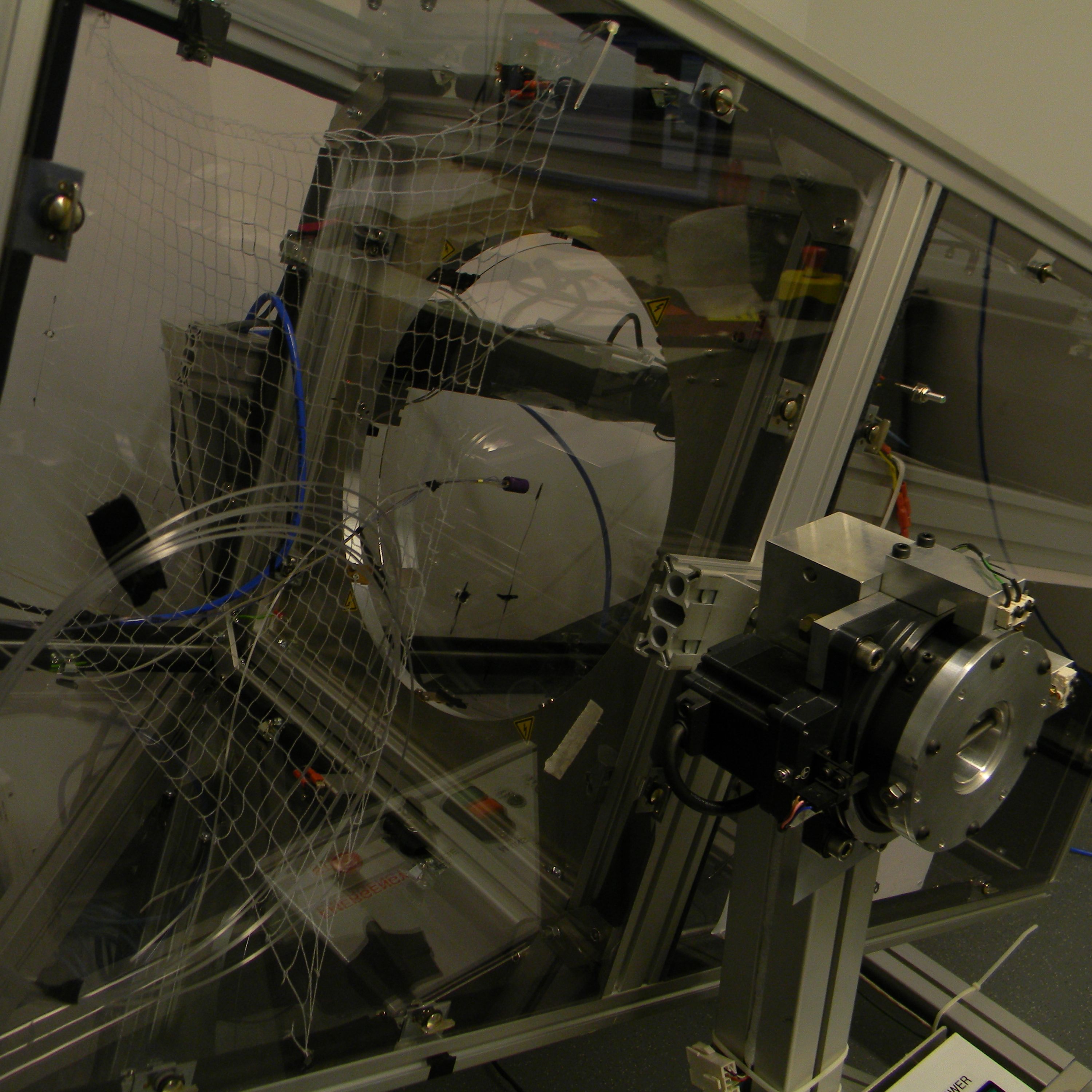
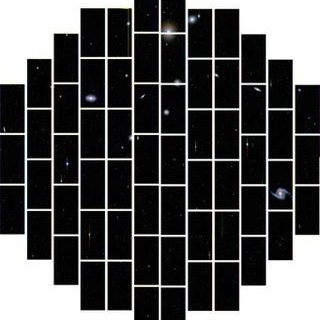

 Print this profile
Print this profile